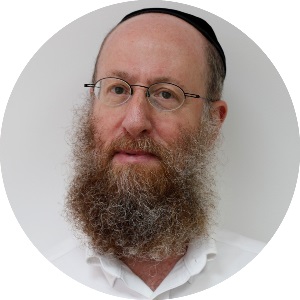A Hier Calling

Born diplomat Rabbi Marvin Hier advocates for his people

Photos: Elchanan Kotler, BH STUDIO
Only a born diplomat could segue from a childhood on the crowded Lower East Side to a rabbinic post in remote Vancouver to earning the respect and confidence of presidents, kings, and world leaders as an acknowledged champion of human rights. After 46 years as the dean of Los Angeles’s Simon Wiesenthal Center, Rabbi Marvin (Moshe Chaim) Hier is stepping down from the post – but his “retirement” is merely a stepping stone toward his newest venture to foster peace and tolerance in Jerusalem
Dateline
Amman, Jordan. Late September 1997.
T
wo Mossad agents track down Khaled Mashal, a leading Hamas operative linked to numerous terror attacks against Israelis, as he is exiting his private vehicle.
The agents botch the operation, spraying Mashal with poison that injures him, but fails to kill him. Jordan’s King Hussein, who signed a peace treaty with Israel three years earlier, is incensed that Israel staged the attack in his country, and threatens to execute the Mossad agents unless Israel delivers an antidote to cure Mashal, being kept alive on a respirator in an Amman hospital.
Prime Minister Netanyahu complies with Hussein’s demand, and Mashal is cured, but the incident creates friction between Israel and Jordan, threatening their fragile peace treaty.
One month later, and 12,000 miles away, Rabbi Marvin (Moshe Chaim) Hier is driving to a dentist’s appointment when he receives an incoming call from General Ali Shukri, head of Hussein’s private office. Rabbi Hier led two missions from the Simon Wiesenthal Center over the years to meet with King Hussein at his palace, and Shukri knows he has a trusted voice on the other end of the line.
Shukri puts King Hussein on the line, and the king tells Rabbi Hier that his relationship with Netanyahu has deteriorated. The king knows that Bibi is on his way to the US to address Jewish groups, and that the Wiesenthal Center is on his itinerary. Hussein asks Rabbi Hier if he could facilitate a phone conversation between him and Netanyahu when he arrives in Los Angeles.
Rabbi Hier is surprised that Hussein has called him rather than going through official diplomatic channels, but he immediately contacts Netanyahu’s office. Rabbi Hier arranges for a secure phone line in a private boardroom, and the minute Netanyahu arrives at the Wiesenthal Center, he excuses himself and says he needs a few minutes to freshen up. Netanyahu and Hussein speak for ten minutes and agree to meet at Hussein’s London residence to repair their frayed relations.
For Rabbi Hier, that was all in a day’s work, but days like that one 26 years ago have added up to a lifetime of service to the Jewish People during a 60-year career as a rabbi and advocate.
As founder and dean of the Simon Wiesenthal Center (SWC), named after the world-famous Austrian Nazi hunter, Rabbi Hier met regularly with world leaders to confront anti-Semitism and hate, to support and defend Israel, and to teach the lessons of the Holocaust that apply to this very day.
Oops! We could not locate your form.







